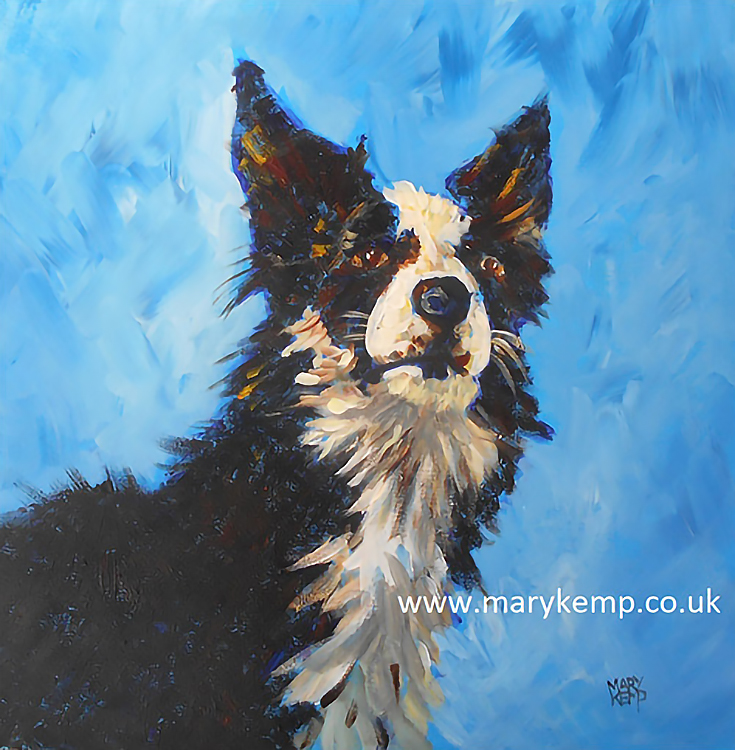There’s nothing more scary than handing over your dream to someone, especially if you’re doing it online—but that’s exactly what you’re doing when you commission an artist to create a custom piece of art for you. Most of the time it’s of a subject or person close to your heart, so it’s absolutely got to be done right.
Over the years I’ve painted quite a number of custom works, often of my clients’ beloved families or pets. As an artist I do feel the responsibility and privilege of taking a vision and turning it into a painting that will hang on the wall for years and be seen every day and regarded with affection.
What I’ve learned is that in order to achieve a happy outcome, both artist and client must work together. So I thought I would write a guide for someone new to commissioning a painting because it’s not something you do every day.
Here’s how I recommend commissioning a painting:
• Research is everything. You may already have an artist in mind, but if necessary spend hours on your computer to find an artist whose style you feel is right for the painting you have in mind. You want the perfect style for your perfect picture.
• More research. Research your chosen artist. From what you have seen is this someone who makes it easy to work with? Have they got good reviews on their website and other outlets? Do you feel you can trust them? I hate to use the word stalk but there’s a lot of information out there so look at all they put out.
• Get in touch as soon as possible. These things take time.
• This is the time to decide what you want so you can discuss in detail with the artist. There may well be a lot of emails going to and fro at this stage as you refine your ideas in collaboration with the artist.
• If the artist is to use your photographs, send as many good-quality photos of your subject as you possibly can. They’ll want to know if they can work from them.
Ask as many questions as possible. Also be clear about the amount of money you wish to spend.
• At this point if it’s not working, pull out. If you have any doubts, don’t move forward. A transaction like this should work smoothly.
• Agree on materials to be used, and finished size. Do you want your painting framed? Or should it be a standard size so you can use an off-the-shelf frame?
• MOST IMPORTANTLY AGREE PRICE AND TIME FRAME. Most artists will ask for a non-returnable deposit before starting work. Some artists will also provide a written contract—if you want one and it’s not been offered, ask for one. Keep all your email conversations so you can refer back to them.
• The deposit has been paid! This is the time to ask for a rough sketch of the painting you have agreed upon. Changes can be easily made at this stage; it’s much more difficult once the painting is underway. Again there may be a lot of emails going backwards and forwards. If you want to see something changed, ask for it!
• When you are totally happy with the design, and are sure that is how you want your painting to look, then give the go ahead. After that sit back and let your artist work their magic. At this point things are out of your hands!
• Some time later the day will arrive. You’ll receive an email with an image of your painting. Excitement all round. If you’ve followed these guidelines there’s a good chance your expectations will be met. If not, communicate! Most things can be resolved. We artists want happy customers!
• Pay the balance and wait for your parcel . Make sure the artist has the correct address!
And when you receive your wonderful painting and put it on the wall, the artist would love a photo of it in situ so they can show it off.
Special thanks to Mary Kemp for this article! To learn more about her, please visit her website and browse her oil paintings for sale, or check out her painting blog.
This post may contain affiliate links.


